The Baltic Sea cradles hundreds of islands that exist as living museums, where medieval settlements, ancient traditions, and untouched landscapes preserve ways of life that vanished centuries ago from the mainland. These remote outposts, scattered across the waters between Scandinavia and the Baltic states, maintain their historic character through geographic isolation and fierce local pride in cultural preservation. From fortress islands that once guarded strategic sea routes to farming communities that still follow seasonal rhythms unchanged since Viking times, each island offers a glimpse into Europe’s layered past.
The Baltic’s unique geography creates natural time capsules where traditional crafts, dialects, and customs survive alongside medieval architecture and landscapes that remain virtually unchanged from centuries past. Here is a list of 20 Baltic Sea islands that truly seem frozen in time.
Gotland
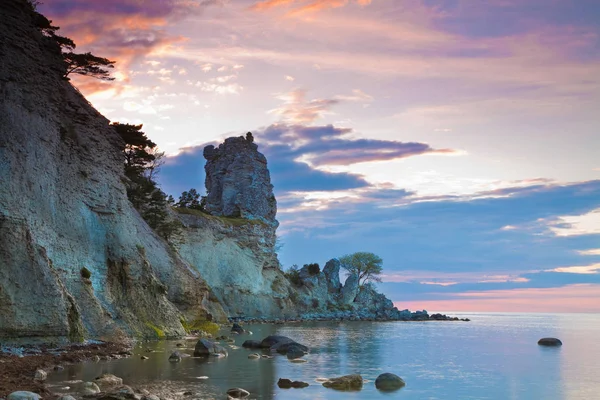
Sweden’s largest island preserves one of Northern Europe’s most complete medieval environments, with Visby’s ring wall enclosing cobblestone streets and stone houses that date back 800 years. The island maintains traditional farming practices on landscapes that have remained unchanged since the Middle Ages.
At the same time, ancient churches and rune stones dot the countryside, creating a sense of a place suspended between past and present. Local craftspeople continue to produce traditional lime mortar and employ restoration techniques that keep medieval buildings functioning exactly as they did centuries ago.
Saaremaa
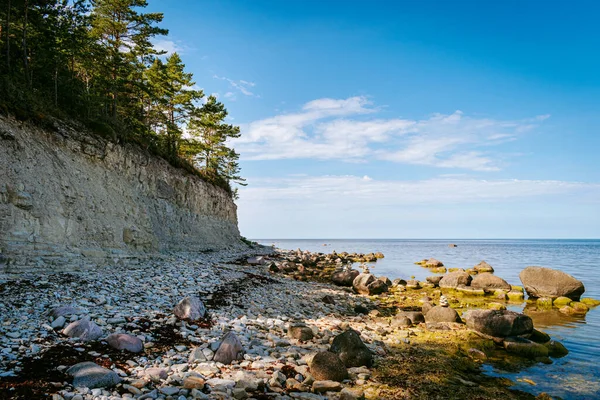
Estonia’s largest island maintains a timeless quality through its medieval Kuressaare Castle and traditional windmills that still grind grain using methods unchanged since the 14th century. The island’s unique tradition of meteorite worship stems from a cosmic impact 4,000 years ago, creating customs and folklore that predate most European civilizations.
Stone walls built by medieval farmers continue to divide fields worked by families whose ancestors settled here during the Viking Age.
Like Travel Pug’s content? Follow us on MSN.
Öland

This Swedish island preserves ancient agricultural landscapes through traditional farming methods, creating some of Europe’s most biodiverse environments. The Stora Alvaret limestone plain preserves plant communities and farming practices that disappeared from mainland Europe centuries ago.
At the same time, medieval villages continue practicing traditional crafts such as limestone quarrying and wool processing. Royal hunting traditions established by Swedish kings continue to influence land use patterns across the island.
Bornholm
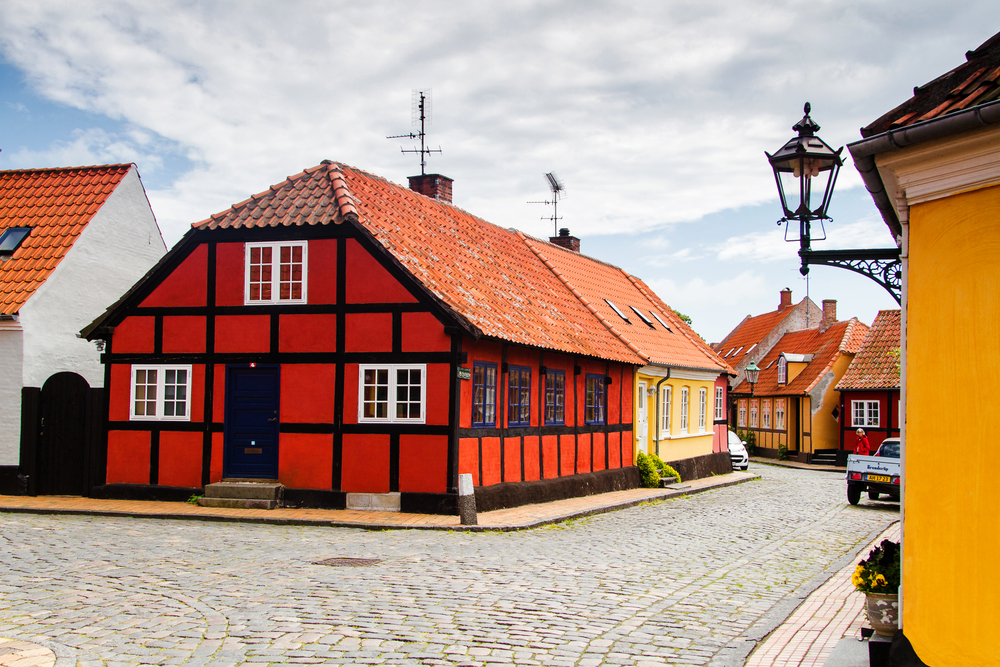
Denmark’s easternmost outpost maintains the character of a medieval trading post through its round churches and traditional fishing villages that seem untouched by modern development. The island’s unique pottery tradition has produced ceramics using techniques and designs that have remained virtually unchanged for over 600 years.
Smoked herring production continues in traditional smokehouses, creating products that taste exactly as they did when Bornholm supplied fish to medieval European courts.
Hiiumaa
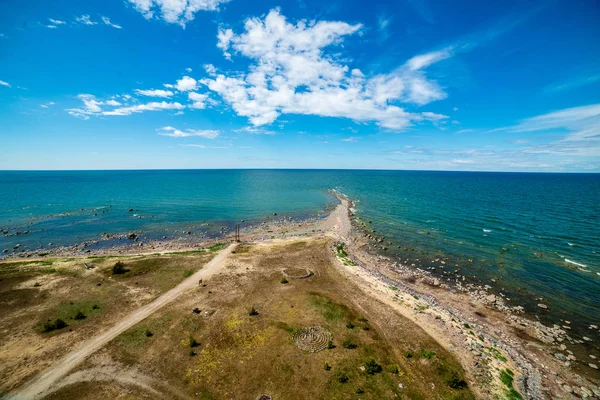
Estonia’s second-largest island preserves traditional lighthouse culture and maritime customs that date back to the Hanseatic League era. The island maintains one of Europe’s oldest lighthouse traditions, with beacon fires that have guided ships for over 500 years, using techniques passed down through generations of lighthouse keeper families.
Traditional Estonian folk songs and dance customs survive here in forms that disappeared from the mainland during various occupations.
Like Travel Pug’s content? Follow us on MSN.
Rügen
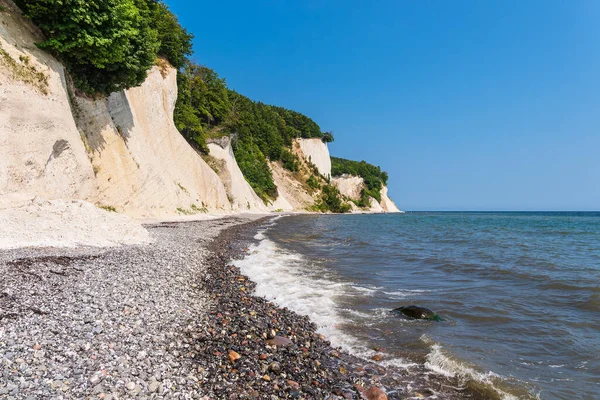
Germany’s largest island features medieval fishing villages and traditional chalk quarrying operations that have remained unchanged since the Middle Ages. The island’s unique Slavic heritage preserves customs and place names that predate German settlement. At the same time, traditional reed thatching and timber framing techniques are used to maintain buildings using medieval construction methods.
Ancient beech forests remain unmanaged, creating ecosystems that resemble the primeval landscapes that once covered Northern Europe.
Åland Islands
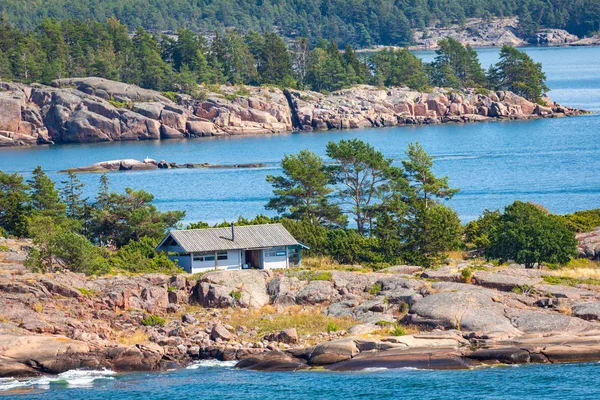
This autonomous Finnish archipelago maintains Swedish cultural traditions and medieval farming practices, creating landscapes that have remained virtually unchanged since the Viking settlement. The islands preserve traditional red granite quarrying techniques and wooden boat-building methods that supply vessels throughout Scandinavia, using designs refined over centuries.
Local dialects maintain linguistic features that disappeared from mainland Swedish generations ago.
Usedom
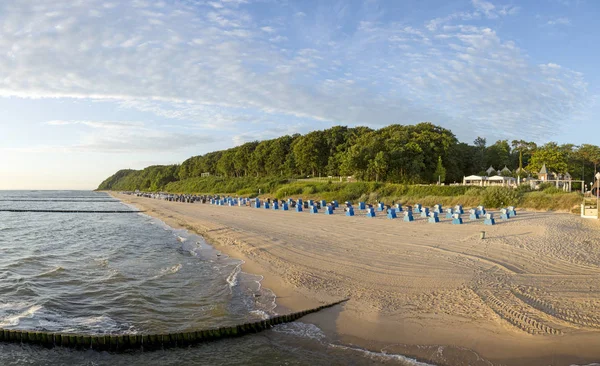
Shared between Germany and Poland, this island preserves traditional fishing culture and medieval trade connections that span the Baltic region. The island maintains traditional amber working techniques that produce jewelry and decorative objects using methods unchanged since medieval times.
Traditional spa culture continues in facilities that have operated continuously for over 200 years, preserving wellness traditions that predate modern medicine.
Like Travel Pug’s content? Follow us on MSN.
Kihnu

This Estonian island preserves one of Europe’s most complete traditional cultures, where women continue to wear folk costumes daily and manage community affairs according to customs that predate written history. The island preserves traditional fishing methods, using boats and nets that were designed centuries ago.
At the same time, its musical traditions maintain songs and instruments that exist nowhere else in the modern world. UNESCO recognizes the island’s cultural space as a masterpiece of oral and intangible heritage.
Fårö
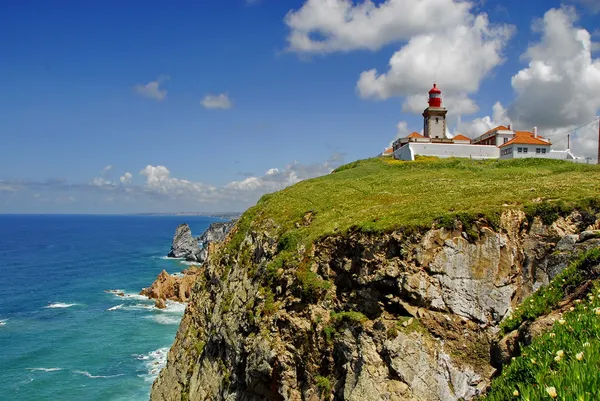
Located north of Gotland, this Swedish island preserves traditional limestone farming and fishing cultures that create landscapes immortalized in Ingmar Bergman’s films. The island maintains traditional sheep farming practices that shape plant communities and stone wall systems unchanged since medieval times.
Local fishing families continue using traditional methods and boat designs that have supplied the island for generations.
Vormsi
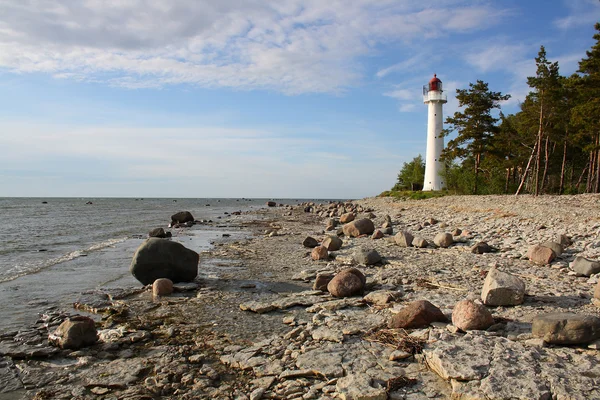
This Estonian island maintains traditional Swedish culture that disappeared from the mainland during various 20th-century upheavals. The island preserves unique building traditions, utilizing locally quarried limestone and traditional timber framing techniques, which create an architecture found nowhere else in the Baltic region.
Traditional farming practices maintain rare plant and animal communities that disappeared from larger landmasses centuries ago.
Like Travel Pug’s content? Follow us on MSN.
Muhu

Estonia’s third-largest island preserves traditional folk culture through ongoing customs, crafts, and festivals that maintain practices dating back to pre-Christian times. The island’s unique tradition of sacred groves preserves ancient forest management practices and spiritual customs that predate the arrival of European Christianity.
Traditional textile arts continue to produce garments using techniques and patterns that have remained unchanged for centuries.
Fehmarn
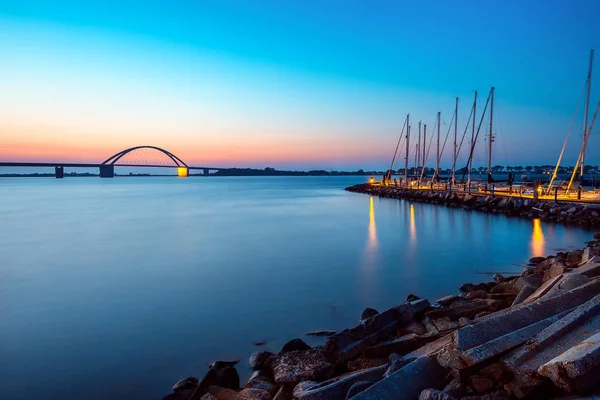
Germany’s third-largest island maintains traditional farming landscapes and medieval trade connections that preserve its character as a Hanseatic League outpost. The island continues traditional grain farming using field systems laid out during medieval times, while maintaining processing facilities that produce traditional German breads and beverages.
Historic windmills continue to operate using their original mechanisms and traditional maintenance techniques.
Wolin
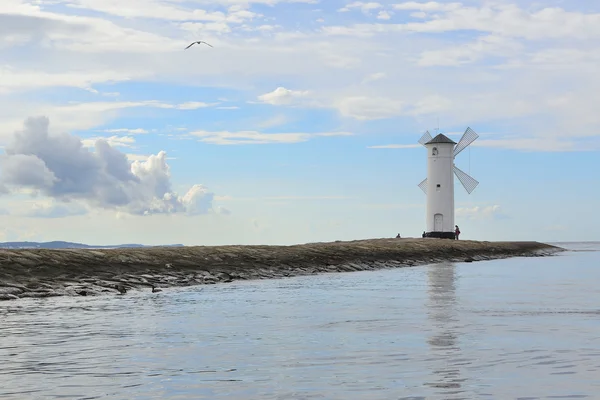
This Polish island preserves Slavic cultural traditions and medieval trade practices that maintain connections to the Viking Age settlement of Jomsborg. The island maintains traditional fishing techniques and boat-building methods that produce vessels identical to those used centuries ago.
Archaeological sites preserve medieval trading facilities and fortifications that demonstrate the island’s role in Baltic commerce.
Like Travel Pug’s content? Follow us on MSN.
Vilsandi

Estonia’s westernmost island preserves traditional lighthouse culture and bird protection practices, creating one of Europe’s oldest nature reserves. The island preserves traditional building techniques using local stone and timber that create structures capable of withstanding Baltic storms for centuries.
Traditional farming practices maintain habitats that support bird populations and plant communities unchanged since medieval times.
Dagö
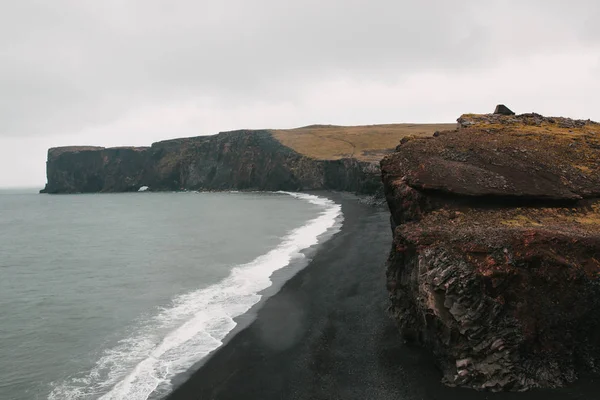
This Estonian island maintains traditional fishing culture and Swedish heritage that preserves customs dating back to the medieval settlement. The island continues to practice traditional wool processing and textile production, utilizing sheep breeds and techniques that have remained unchanged for centuries.
Traditional boat building maintains vessels designed for specific Baltic conditions using methods passed down through generations of island craftspeople.
Ruhnu
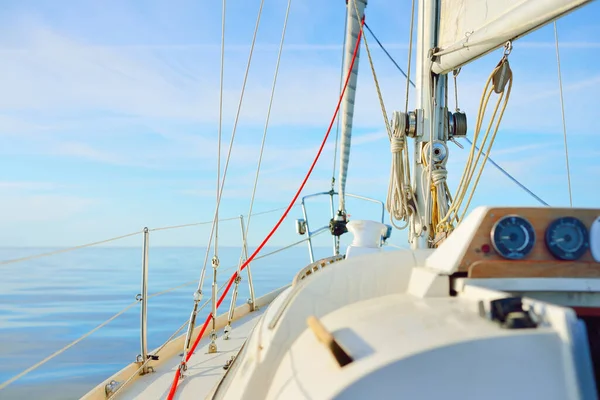
Estonia’s southernmost island preserves traditional Scandinavian culture through customs and architecture that maintain connections to medieval Swedish settlement. The island’s unique wooden church represents traditional Baltic construction techniques and religious practices that disappeared from larger communities.
Traditional farming maintains rare crop varieties and livestock breeds that have adapted specifically to island conditions over centuries.
Like Travel Pug’s content? Follow us on MSN.
Kasmu

This Estonian peninsula island preserves traditional maritime culture through ongoing fishing practices and boat-building traditions that maintain designs perfected for Baltic conditions. The island has maintained traditional navigation techniques and weather prediction methods that have enabled safe passage through Baltic waters for centuries.
Traditional fish processing continues using smoking and preservation methods that produce products unchanged since medieval times.
Naissaar
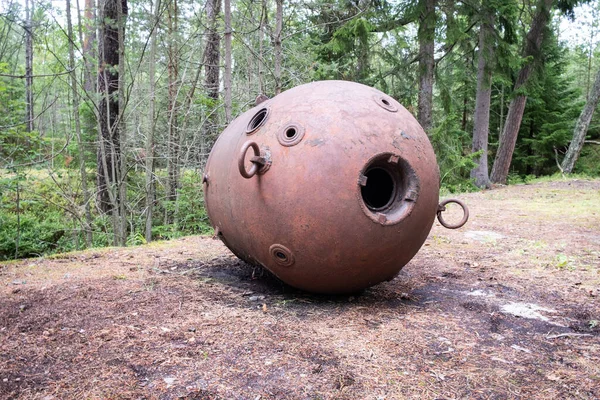
Located at the entrance to Tallinn Bay, this Estonian island preserves military heritage and traditional coastal culture that spans centuries of Baltic history. The island maintains traditional fortification techniques and defensive strategies that demonstrate changing military technologies while preserving historic landscapes.
Traditional lighthouse keeping continues using methods that have guided ships safely for generations.
Prangli
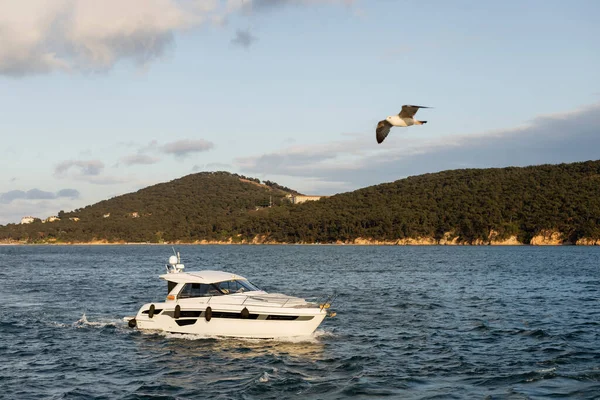
This Estonian island preserves a traditional fishing culture and folk customs that date back to medieval times. The island continues to practice traditional net-making and fishing techniques that have been adapted to local conditions over the centuries.
Traditional folk music and dance customs survive in forms that maintain connections to ancient Baltic cultural traditions.
Like Travel Pug’s content? Follow us on MSN.
Preserving Yesterday’s Tomorrows
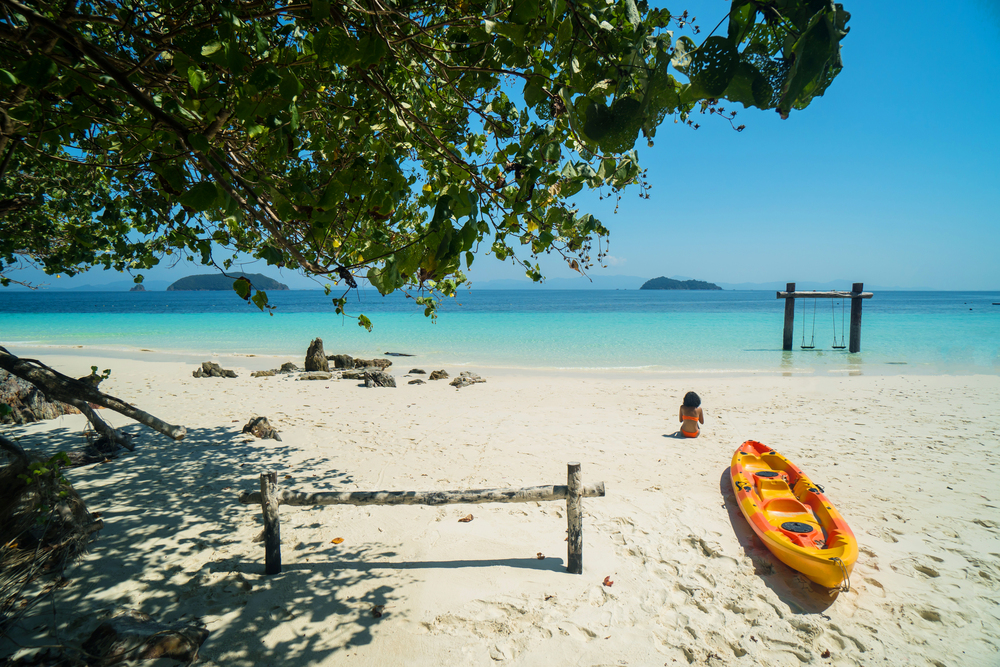
These Baltic Sea islands represent living laboratories where traditional European culture continues to evolve naturally, protected by water from the rapid changes that transformed mainland societies. Each island maintains unique adaptations to Baltic conditions that created sustainable ways of life capable of persisting through centuries of political upheaval and technological change.
The geographic isolation that once made these islands remote outposts now serves as their greatest protection, allowing traditional crafts, customs, and landscapes to survive as working examples of how Europeans lived for most of recorded history. Their preservation offers modern visitors the extraordinary opportunity to experience authentic medieval and traditional culture not as museum displays, but as living communities where ancient wisdom continues to guide daily life in harmony with the Baltic Sea’s timeless rhythms.
More from Travel Pug

- 20 Best Beach Towns in the Carolinas
- 13 Destinations Where Tourists Regularly Regret Their Trip
- 20 Destinations That Are More Magical Without an Itinerary
- 20 Underrated Adventures That Belong on Your Travel List
- 20 Cities Where You Should Just Wing It, No Planning Required
Like Travel Pug’s content? Follow us on MSN.N.
